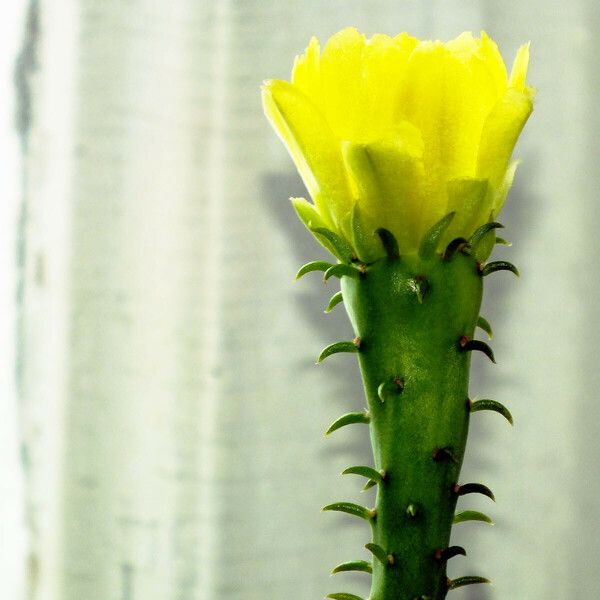ObservaçãoOpuntia ficus-indica (L.) Mill.observado por Andrzej KonstantynowiczAndrzej Konstantynowicz15 de janeiro de 2024
Andrzej KonstantynowiczAndrzej Konstantynowicz15 de janeiro de 2024
observado por Andrzej KonstantynowiczAndrzej Konstantynowicz
Andrzej KonstantynowiczAndrzej Konstantynowicz
15 de janeiro de 2024
Determinação
Determinação proposta
Nome provável (Submeter nome)
100%Grau de confiança
Sugira outra determinação
Não concorda com as espécies sugeridas mas não tem outra sugestão
Comentários
Dados adicionais
Data de criação
15 de jan de 2024
Ultima revisão
15 de jan de 2024
Łódź, Stoki
Native to central Mexico; widely cultivated in warm temperate zone.
Ornamental plant.
Edible plant - fruit raw, cooked or dried for later use, sweet and gelatinous, very refreshing, they are somewhat like a watermelon in flavour; stem segments (or pads) cooked and used like French beans, or used as a pot-herb, watery and very mucilaginous; flowers raw; seeds ground into a meal; the red fruit colour of some varieties is used as a dye for food; an edible gum is obtained from the stem.
Herbal plant - the flowers and stems are antispasmodic, diuretic and emollient; the flowers are astringent and are used to reduce bleeding and treat problems of the gastro-intestinal tract, especially diarrhoea, colitis and irritable bowel syndrome; the flowers are also used in the treatment of an enlarged prostate gland; the fruit is diuretic, eating the fruit turns the urine red.
Useful plant - the spiny forms of this plant make an excellent stock-proof barrier or hedge; the plant serve as a host plant for cochineal insects, which produce desirable red and purple dyes.







